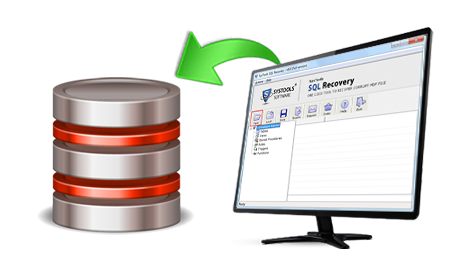Know The Inevitable Benefits Of Using A SQL Recovery Tool

The task of SQL Database administrator is oftenstimulating, they need to assure every other day that the database can be safely recovered and restored in the event of database failures or server outages. While it can be dauntingfor the users to know, that SQL server also faces the probability of database corruption. Nevertheless, use of accurate solutions can help you recover the SQL server database from the worst of scenarios. So here, we will discuss about the ways in which you can recover the SQL Server database.
What does the SQL Server database consists of? The answer for the question is that it simply contains the master database file that has the file extension as .mdf. The transaction logs for the database are stored in the separate file known as NDF file.Therefore, whenever we are moving towards recovery of SQL database, we need to get a precise knowledge about thetransaction architecture of SQL Server for performingSQL Recovery. Reason being it is very closely connected to the SQL Server infrastructure.
Knowing the process of seizing the transaction logs will help database administrators to recover the SQL Server database. It all depends on the recovery model the database administrator chose to execute the restoration procedure for corrupted SQL Server database. For example, if the administrator has selected Simple Recovery then the only way of recovering the database is through the transaction logs. However, most of the business organization prefer on adopting the Full Recovery model and Bulk Recovery model for retrieving their database. Reason being both the models involves the use of less work loss.
If the Database administrators wants to recover the database using any of the recovery models they need to have a full backup of the SQL Server database failing which it is impossible to perform manual recovery of SQL Server.
The above procedure of recovering the SQL Server database through recovery models consumes a lot of time and is full of complexities. In such a case, database administrators can depend on a third-party utility. One such tool is SQL Recovery Tool that offers you a competent yet an easy wayout for the recovery of SQL Serverdatabase. Further, you can also depend on the tool to export the recovered data directly to the Live SQL Server or save it in the form of compatible scripts and later export it to SQL Server.
